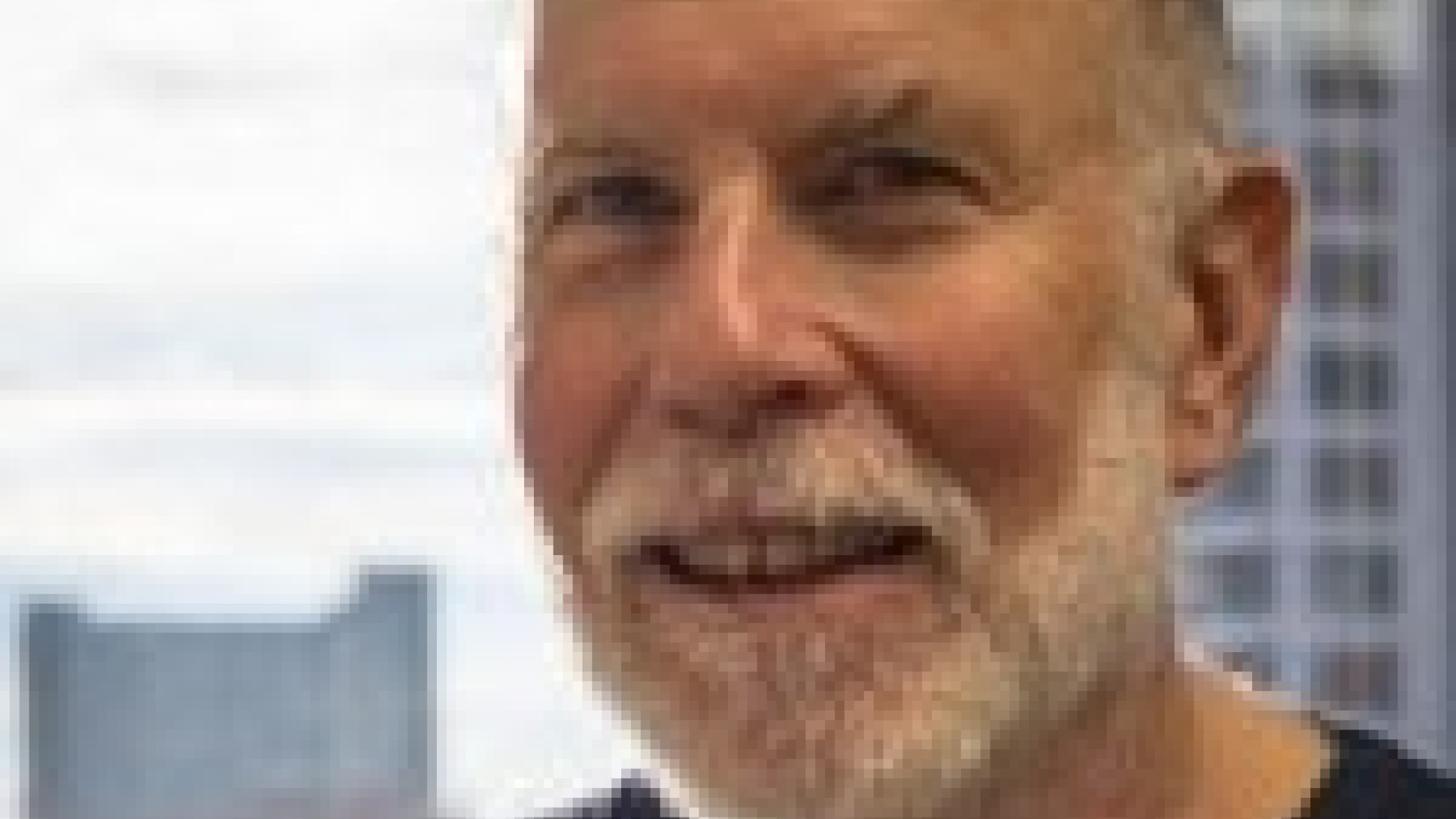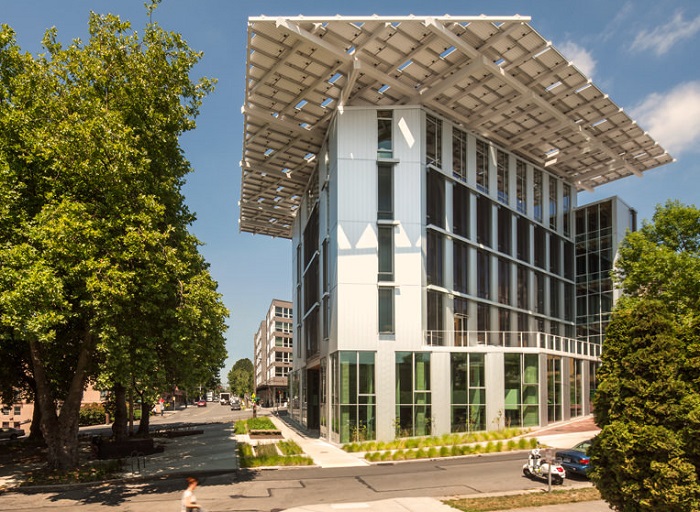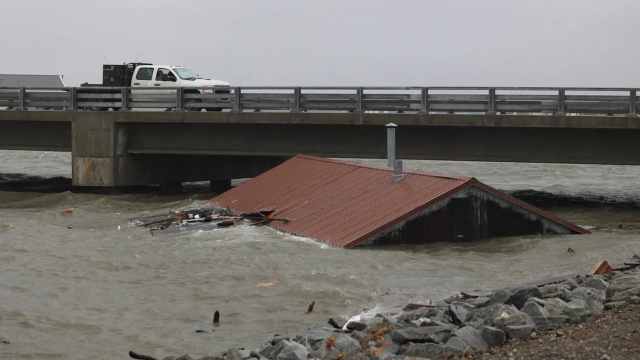
Mitchell Thomashow, Catalyst Fellow
On the first Earth Day, in 1970, terms like biodiversity, climate change, green building, sustainability and dozens of others had not yet entered the public lexicon. Yet going back to the 19th century writings of Henry David Thoreau, American culture has contained a prevailing theme of sustainability: the idea of living within our means and living with respect for interconnected ecosystems.
Most recently, this ethos has taken off as the modern sustainability movement — permeating campuses, municipalities, businesses and social impact organizations alike — in an effort to demonstrate the economic and ecological viability of living and thinking green.
Earth Day falls on April 22, this Friday. At the heart of this observance, now 46 years young, are three crucial themes:
- Earth is a complex and exquisite pattern of interconnected ecosystems.
- Humans have a profound impact on those ecosystems.
- Every planetary citizen must contribute to the well-being of those ecosystems. Human flourishing depends on it.
Philanthropic institutions play a major role in contributing to all aspects of these themes, including conservation, policy and education.
The Greenest Building
In the Northwest and nationwide, there is no better exemplar of this approach then The Bullitt Center, one of the highest performing green buildings in the world. How fitting that Bullitt Foundation CEO Denis Hayes, founder and organizer of the first Earth Day, provides the inspiration and vision for this project. How fitting that The Bullitt Center is right here in Seattle, a city that Denis suggests is “the only city in America where you can actually get closer to nature.” Every aspect of The Bullitt Center’s infrastructure, presence, and operations reflects sustainability ethics and principles.

In The Greenest Building: How The Bullitt Center Changes the Urban Landscape, Mary Adam Thomas neatly describes the essence of the “living building challenge,” a rigorous sustainability certification. The list of “imperatives” is organized around themes including site, water, energy, health, materials, equity and beauty. The essence of the challenge is to integrate sustainability functions with the local community and place. These are the guiding principles for The Bullitt Center.
In a recent meeting with me and my colleague Remy Trupin, Denis Hayes explained that The Bullitt Foundation takes great interest in how its building can serve as a model for similar efforts, including the Santa Monica City Hall, and a new Georgia Tech research building supported by The Kendeda Fund. Further, he sees The Bullitt Center and its embodiment of sustainable building practices as a strategic lever for philanthropy, tailored to the place-based specifics of regional foundations and communities.
When I was the president of Unity College in Maine, we built the first (and still only) LEED-platinum president’s residence for a college campus. Similarly, that was our strategic leverage for additional philanthropy. We felt that we could best exercise our influence as an environmental college by making green building the template for all aspects of our educational programs, and by creating an example for all campus visitors. Hundreds of colleges and universities are now engaged in dynamic green building efforts, with similar educational impact and often catalyzed by philanthropic investment.
The Bullitt Foundation is a parallel approach, but on a regional and national scale. The building calls attention to the other efforts of its namesake foundation, including its emphasis on place and region, urban environmental issues, and questions of social justice and equity. And it issues a challenge to all of us: How do our buildings teach us about life? Do they embody our vision and mission? If sustainability and a just society are at the core of our values, shouldn’t our buildings and the places where we live embody those values?
Sustainable Northwest
In addition to The Bullitt Foundation, the Northwest is lucky to have a range of foundations engaged with innovative sustainability efforts, including Meyer Memorial Trust’s Healthy Environment program, the Russell Family Foundation’s Puyallup Watershed Initiative and The Campion Foundation’s Protecting Wilderness program. If there's a common theme that integrates all of these efforts, it’s the growing awareness that sustainability, environmental conservation and urban issues are all tied to the challenges of diversity, equity and inclusion.
As a means to celebrate Earth Day on Friday, let’s show our gratitude to the generosity of all of these foundations, and most importantly to the extraordinary efforts of the people they support, by learning more about their work. Given the depth, complexity, and ubiquity of environmental issues, Earth Day also calls on us to expand our efforts, boldly innovate and constantly connect these issues to the tangible concerns of people and communities.
If you are engaged in programs and projects that connect sustainability, community, and place, please let me know. I’m thrilled to learn more about your efforts.
Mitchell Thomashow is one of Philanthropy Northwest's Catalyst Fellows, focused on sustainability.


